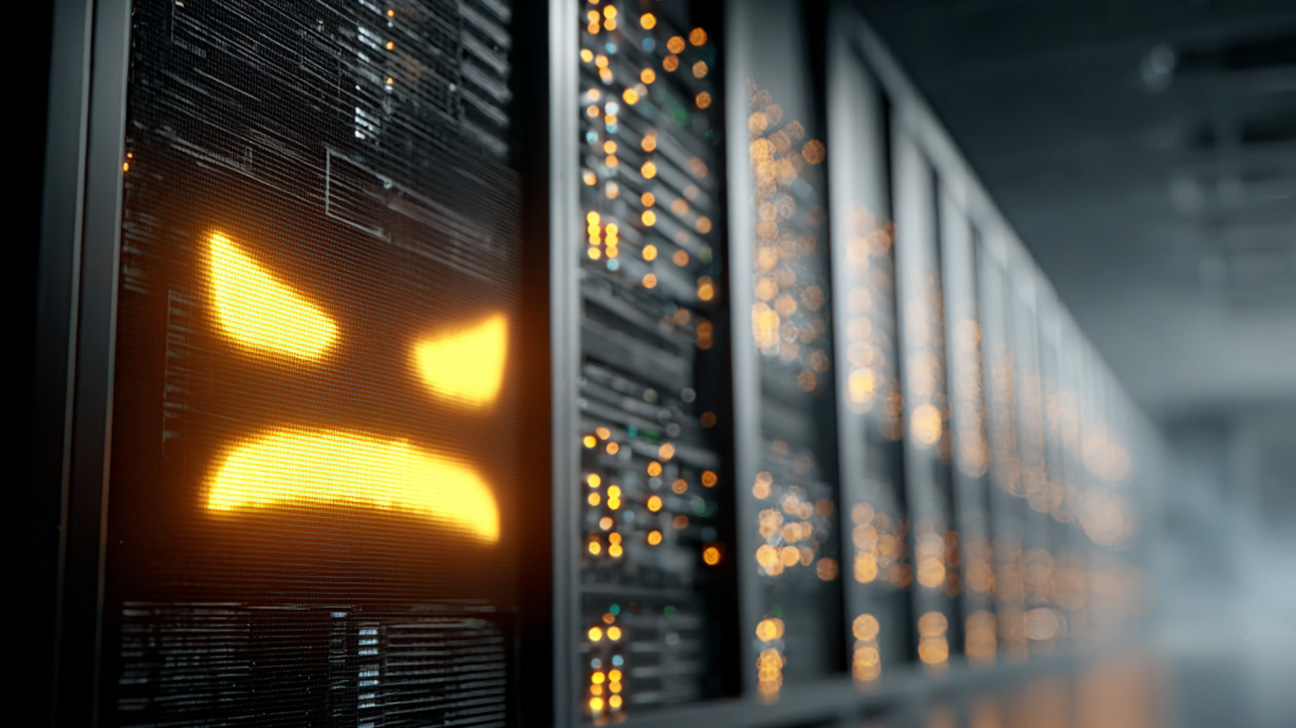InfoGuard AG (Headquarter)
Lindenstrasse 10
6340 Baar
Switzerland
InfoGuard AG
Stauffacherstrasse 141
3014 Bern
Switzerland
InfoGuard Com-Sys GmbH
Frankfurter Straße 233
63263 Neu-Isenburg
Germany
InfoGuard Deutschland GmbH
Landsberger Straße 302
80687 Munich
Germany
InfoGuard Com-Sys GmbH
Am Gierath 20A
40885 Ratingen
Germany
InfoGuard GmbH
Kohlmarkt 8-10
1010 Vienna
Austria
Crypto Agility: Actively Mastering the Future of Quantum Cryptography

The digital world is changing rapidly - and with it the attack surfaces for cyber criminals. Quantum computers are getting closer and challenging traditional encryption methods. At the same time, crypto-agility approaches are proving their worth in the fight against the quantum tsunami. This article shows why quantum-safe cryptography (PQC) and agile security strategies are now in demand.
The revolution in quantum-safe cryptography
Quantum-safe cryptography, i.e. post-quantum cryptography (PQC), relies on algorithms that cannot be cracked even by quantum computers. While traditional methods such as RSA, Elliptic Curve Cryptography (ECC) and Advanced Encryption Standard (AES) are under threat, new mathematical concepts are being developed that can withstand the challenges ahead.
- Current situation: experts emphasize that a "quantum crypto apocalypse" is yet to come.
- Technological progress is unstoppable: stored data that is encrypted today could be vulnerable tomorrow.
Urgent need for action: Harvest Now, Decrypt Later
Cyber attackers, such as interested third countries, are increasingly relying on the "Harvest Now, Decrypt Later" principle. In other words, this means that data is already being intercepted and stored today with the intention of decrypting it in the future using powerful quantum computers. This tactic illustrates how urgently companies need to act to minimize long-term risks.
Examples of long-term systems:
- Airplanes (25-30 years)
- Critical infrastructure (25-30 years), etc.
Examples of long-term data:
- Passport data
- Bank and tax data (at least 10 years)
- Patient data (20 years)
- HR data after leaving the company (10 years)
- Business correspondence (5-10 years), etc.
Where there is crypto agility, there is security!
Crypto agility refers to the ability to exchange cryptographic algorithms quickly and smoothly without significantly affecting the functionality, security or operability of a system, regardless of a threat.
Instead of using rigid security architectures, Crypto Agility enables:
- Fast response times to adapt to new security standards, without complete system changeovers.
- Continuous integration and innovation of future-proof algorithms as they become available and validated.
- Minimization of risks and reduction of damage potential through forward-looking planning.
The combination of quantum-safe cryptography and crypto agility provides a robust shield against future attacks and ever-changing threat scenarios.
Security as a competitive factor
Financial service providers in particular are being targeted by cyber attacks. In this context, Europol is not alone in calling for banks and financial service providers to quickly switch to quantum-safe solutions.
- Long data lifecycles demand that financial data and personal data remain protected for decades.
- Highly targeted banks and financial service providers are particularly at risk due to their sensitive data and financial resources.
- Compliance, regulatory requirements and future compliance specifications require the use of state-of-the-art security standards.
Your 4-step plan: How to succeed in cyber security in the quantum age
Predictions for PQC - as we already know them today - are already available. Companies that invest in Crypto Agility and PQC now will secure competitive advantages, future security and flexibility.
Crypto Agility ensures that organizations can respond quickly to vulnerabilities, evolve cryptographic technologies and adapt to regulatory changes without major disruption or risk.
The Post Quantum Cryptography Coalition Framework (PQCC.org) provides organizations with a comprehensive roadmap to migrate to post-quantum cryptography (PQC). This structured approach prepares organizations to meet the challenges posed by quantum computing and ensure their long-term information security.
Stage 1 - Preparation
The framework begins with the preparation phase, in which organizations assess their relevance to PQC, assign migration leadership to a specialist and identify key stakeholders. This also includes developing strategic messages to align stakeholders and making initial contact with system providers and operators.
- PQC relevance analysis (attack surface, system criticality, data classification).
- Inventory of existing assets (crypto inventory, CBOM integration) using automated discovery tools.
- Initial vendor contacts (roadmap query: PQC support, hardware/software requirements, CBOM provision).
Stage 2 - Basic understanding
This stage is about creating a detailed inventory of cryptographic resources and prioritizing critical assets. Organizations gather information about their existing cryptographic assets and assess their sensitivity and lifespan. This step is crucial to gain a clear understanding of the data and systems to be protected.
- Systematic collection (network scans, code analysis, HSM/TEE inventory, crypto libraries). e.g. TLS 1.2/1.3 configurations, X.509 certificates, SSH keys (tools: Wireshark, OpenSSL audits).
- Quantum risk assessment (weakness scores for algorithms, impact analysis, migration effort).
- Dependency analysis (supply chain risks, provider roadmaps, compliance requirements).
Stage 3 - Planning and execution
This stage includes the creation of a migration plan and budget, as well as the identification and implementation of PQC solutions. Organizations work with system vendors to find suitable solutions and develop internal solutions where necessary. Short-term measures are put in place to protect sensitive systems and information during the transition.
- Phased migration (prioritization by quantum risk score, budget planning, downtime minimization) such as migration from RSA/ECDSA to quantum-resistant algorithms.
- Ensure interoperability (coordination with partners, standard conformity).
- Commercial solutions (provider selection according to PQC support).
- Self-developed solutions (agile integration in CI/CD pipelines).
- Short-term measures (reduce certificate runtimes, enforce TLS 1.3, "Store Now, Decrypt Later (SNDL)" protection for long-term data).
Stage 4 - Monitoring and evaluation
The final stage focuses on monitoring the implemented solutions and continuously evaluating cryptographic security. Organizations validate the correct implementation of the PQC systems and ensure that they meet operational and regulatory requirements. Regular updates and adjustments to security measures are critical to keep pace with the evolving threat landscape.
- Success metrics (percentage of migrated systems, reduction of SNDL risks, compliance status).
- Workforce training (PQC training for DevOps, security teams).
- Long-term agility (Cryptographic Agility Framework: modular architecture, automated key rotation).
This is why PQC makes your systems quantum secure
This approach provides an evidence-based, phased approach to migrating to post-quantum cryptography (PQC). Through the clear steps of preparation, planning, implementation and evaluation, it provides a robust roadmap to protect cryptographic systems against quantum computing threats at an early stage.
The approach is aimed both at affected stakeholders ("urgent adopters" such as critical infrastructures, long-term data processors) and at organizations that want to take strategic measures without regrets (no-regret moves) in order to create robust security architectures in the long term.
PQC protects critical business assets - is not just a technology issue. Time is of the essence, quantum computers are approaching and threatening today's encryption. Companies need to act now to avoid falling into a "harvest now, decrypt later" scenario. Without timely action, data leaks, compliance breaches and reputational and financial damage are imminent.
Thanks to this structured approach, you can proactively manage cryptographic risks, meet regulatory requirements and react quickly to technological disruptions.
Act today for your digital security of tomorrow
Although the full use of quantum computers is still a long way off (5-10 years depending on the forecast), you can start preparing for it now and take advantage of the signs of the times. Through the combined use of quantum-safe cryptography and crypto agility, you can optimally equip your company against current and future cyber threats.
Act now! Invest in flexible and future-proof security solutions. Your data, customers and your company will thank you for it. Our experts will guide you through the 4 phases on your path to a quantum-safe future so that your company is optimally prepared for the quantum era. Get in touch with us.
Caption: Image generated with AI
Blog

Agentic AI on the Attack: How Human-AI Teaming is realigning Cyber Defense

Zero Trust 2026: These 4 steps work in IT, OT & cloud-first


